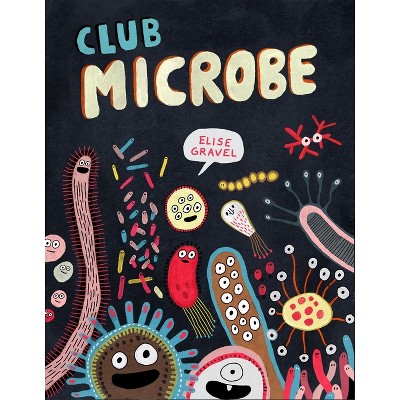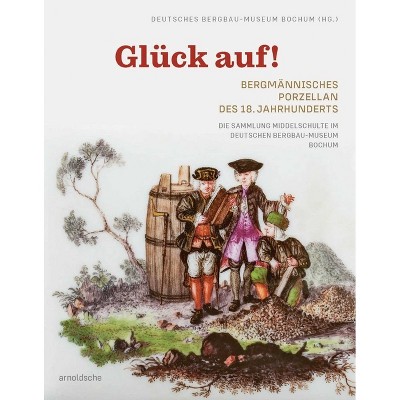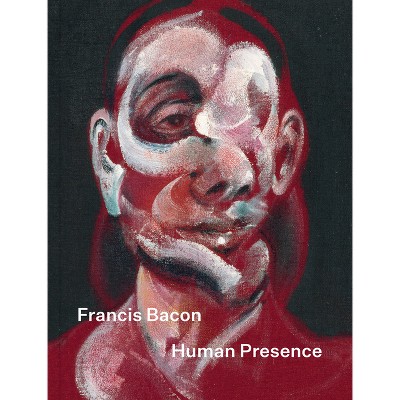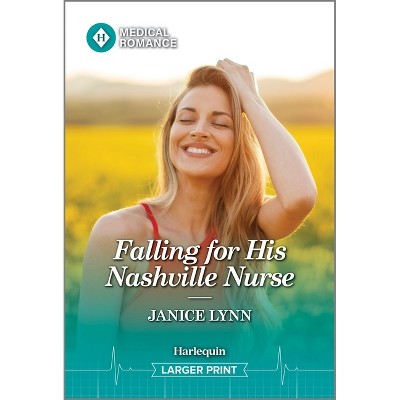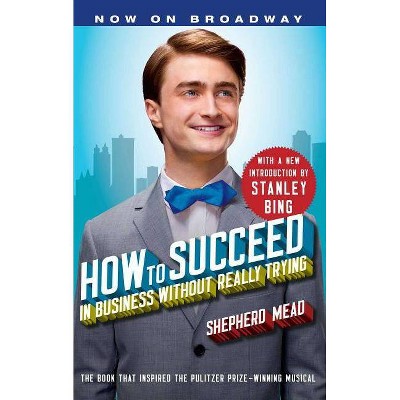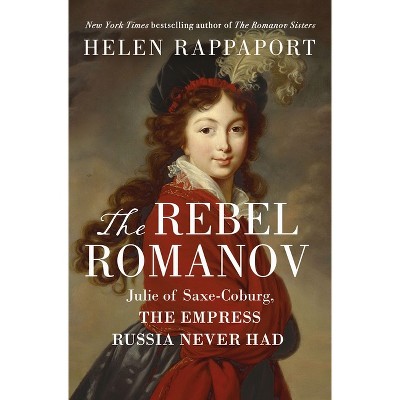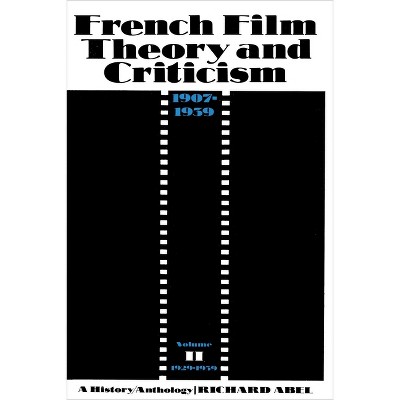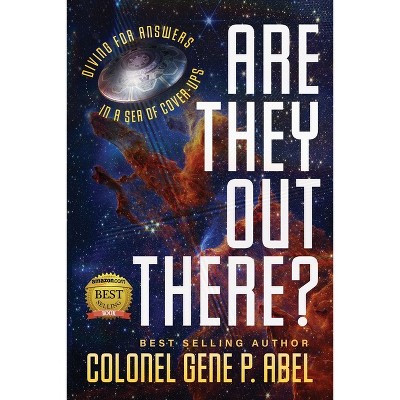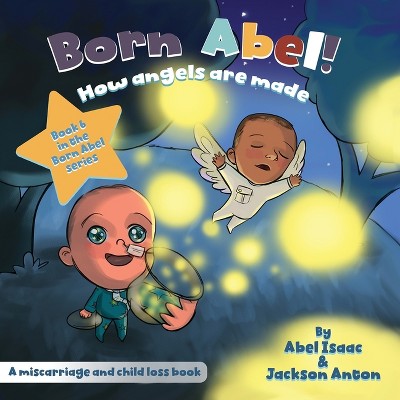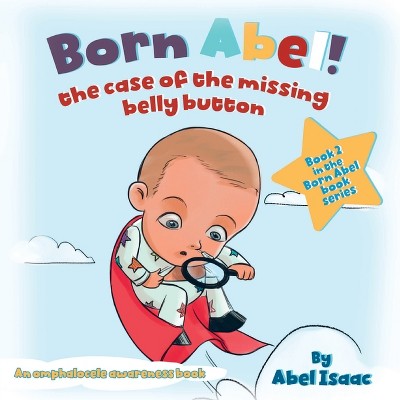Sponsored

Menus for Movieland - by Richard Abel (Hardcover)
$75.99
In Stock
Eligible for registries and wish lists
Sponsored
About this item
Highlights
- At the turn of the past century, the main function of a newspaper was to offer "menus" by which readers could make sense of modern life and imagine how to order their daily lives.
- About the Author: Richard Abel is Emeritus Professor of International Cinema and Media Studies at the University of Michigan.
- 424 Pages
- Performing Arts, Film
Description
About the Book
"At the turn of the last century, the main function of a newspaper was to offer 'menus' by which readers could make sense of modern life and imagine how to order their own daily lives. Among those menus in the mid-1910s were several that mediated the interests of movie manufacturers, distributors, exhibitors, and the rapidly expanding audience of fans. This writing about the movies arguably played a crucial role in the emergence of American popular film culture. Negotiating among national, regional, and local interests, it shaped fans' ephemeral experience of moviegoing, their repeated encounters with the fantasy worlds of 'movie land,' and their attractions to certain stories and stars. Moreover, in weekend pages and daily columns and film reviews, much of this was served up by women and consumed by women, including at least one teenager compiling a rare surviving scrapbook"--Provided by publisheBook Synopsis
At the turn of the past century, the main function of a newspaper was to offer "menus" by which readers could make sense of modern life and imagine how to order their daily lives. Among those menus in the mid-1910s were several that mediated the interests of movie manufacturers, distributors, exhibitors, and the rapidly expanding audience of fans. This writing about the movies arguably played a crucial role in the emergence of American popular film culture, negotiating among national, regional, and local interests to shape fans' ephemeral experience of moviegoing, their repeated encounters with the fantasy worlds of "movieland," and their attractions to certain stories and stars. Moreover, many of these weekend pages, daily columns, and film reviews were written and consumed by women, including one teenage girl who compiled a rare surviving set of scrapbooks. Based on extensive original research, Menus for Movieland substantially revises what moviegoing meant in the transition to what we now think of as Hollywood.From the Back Cover
"As richly packed as an early twentieth-century Sunday newspaper but infinitely better researched, this is an authoritative and comprehensive account of the connections between newspapers and the movies in the mid-1910s. Blending local close-ups and sweeping nationwide panoramas, Abel offers a richly textured view of emergent film stardom, advertising campaigns, early film criticism, and even fan activities--all crucial aspects of American film culture that were enabled and shaped by the nation's countless newspapers."--Gregory A. Waller, editor of Film History and author of Main Street Amusements: Movies and Commercial Entertainment in a Southern City, 1896-1930 "An essential study that provides an urgently needed context for historians of film culture before 1920. Readers will discover how, when, and why newspaper coverage of the movies took the forms it did, as talented newspaperwomen helped national media industries engage varied local audiences. Abel not only identifies and fills a significant gap in the literature but also clears a space for further investigation."--Mark Cooper, author of Universal Women: Filmmaking and Institutional Change in Early HollywoodReview Quotes
"Abel offers a richly textured view of early film stardom, early film criticism, advertising campaigns, and even fan activities on both the local and national level. . . .this fascinating book is a fascinating read."-- "Huffington Post"
"Fascinating and original."--Martin Rubin "Washington Times" (1/4/2016 12:00:00 AM)
About the Author
Richard Abel is Emeritus Professor of International Cinema and Media Studies at the University of Michigan. He is the author of The Red Rooster Scare: Making Cinema American, 1900-1910, Encyclopedia of Early Cinema, Americanizing the Movies and "Movie-Mad" Audiences, 1910-1914, and Early Cinema, among other books.Dimensions (Overall): 9.3 Inches (H) x 5.7 Inches (W) x 1.1 Inches (D)
Weight: 1.4 Pounds
Suggested Age: 22 Years and Up
Number of Pages: 424
Genre: Performing Arts
Sub-Genre: Film
Publisher: University of California Press
Theme: History & Criticism
Format: Hardcover
Author: Richard Abel
Language: English
Street Date: September 1, 2015
TCIN: 1005549117
UPC: 9780520286771
Item Number (DPCI): 247-24-7518
Origin: Made in the USA or Imported
If the item details aren’t accurate or complete, we want to know about it.
Shipping details
Estimated ship dimensions: 1.1 inches length x 5.7 inches width x 9.3 inches height
Estimated ship weight: 1.4 pounds
We regret that this item cannot be shipped to PO Boxes.
This item cannot be shipped to the following locations: American Samoa (see also separate entry under AS), Guam (see also separate entry under GU), Northern Mariana Islands, Puerto Rico (see also separate entry under PR), United States Minor Outlying Islands, Virgin Islands, U.S., APO/FPO
Return details
This item can be returned to any Target store or Target.com.
This item must be returned within 90 days of the date it was purchased in store, shipped, delivered by a Shipt shopper, or made ready for pickup.
See the return policy for complete information.
Trending Non-Fiction

$19.31
was $20.98 New lower price
4 out of 5 stars with 64 ratings

$18.28
was $19.58 New lower price
4.7 out of 5 stars with 15 ratings

$4.59
MSRP $7.99
Buy 2, get 1 free select books
4.8 out of 5 stars with 123 ratings

$6.20
MSRP $10.95
Buy 2, get 1 free select books
4.8 out of 5 stars with 33 ratings

$7.09
MSRP $9.99
Buy 2, get 1 free select books
4.9 out of 5 stars with 46 ratings

